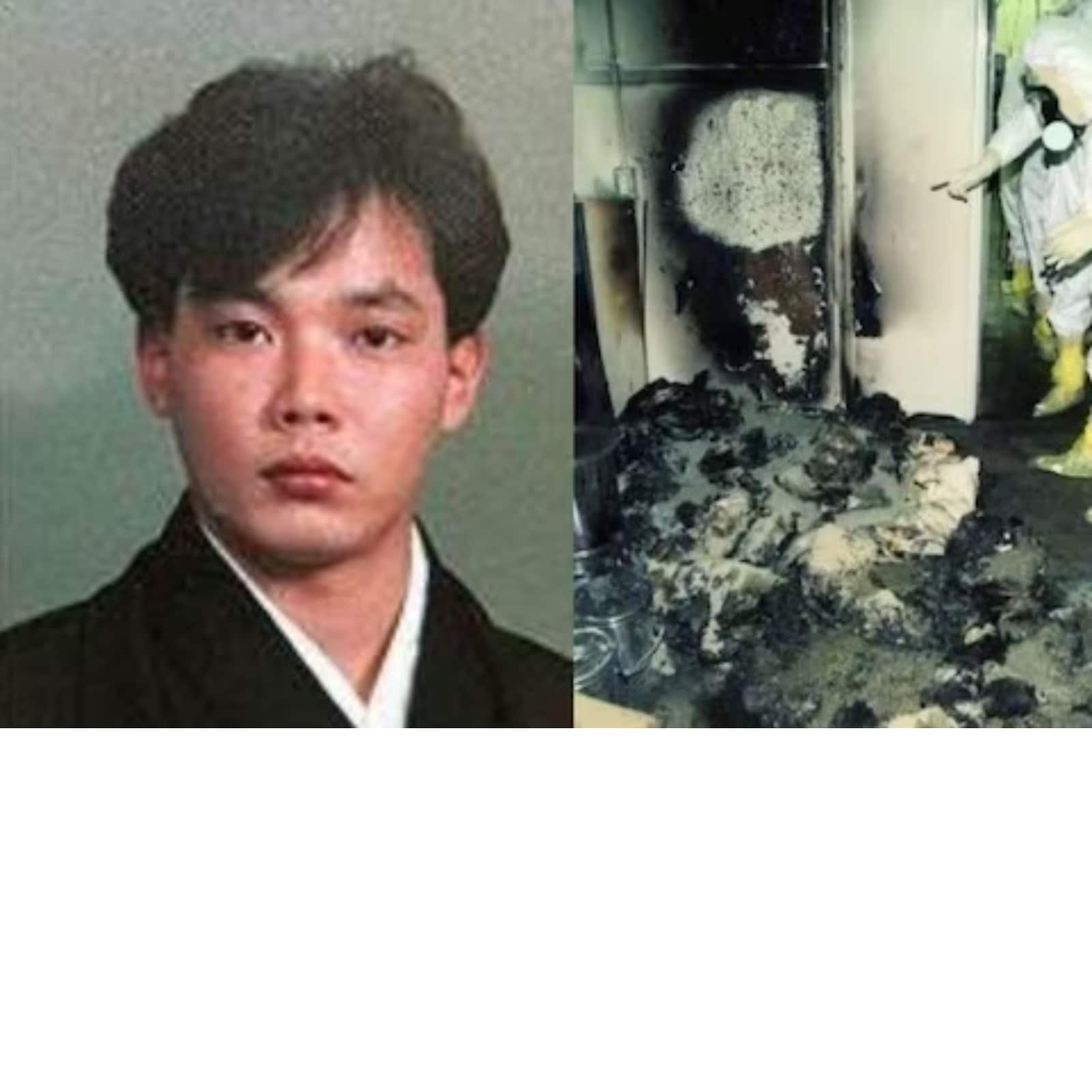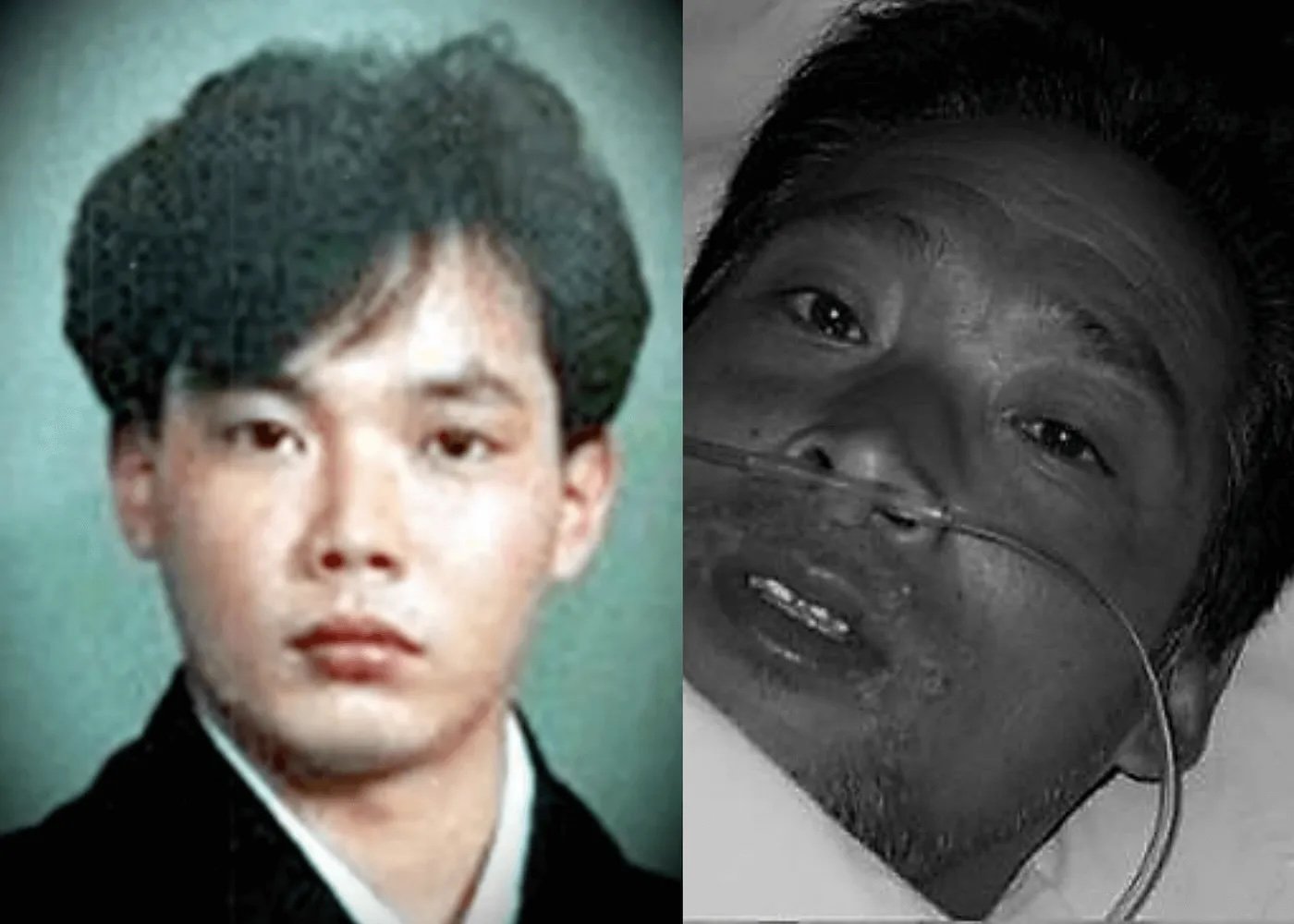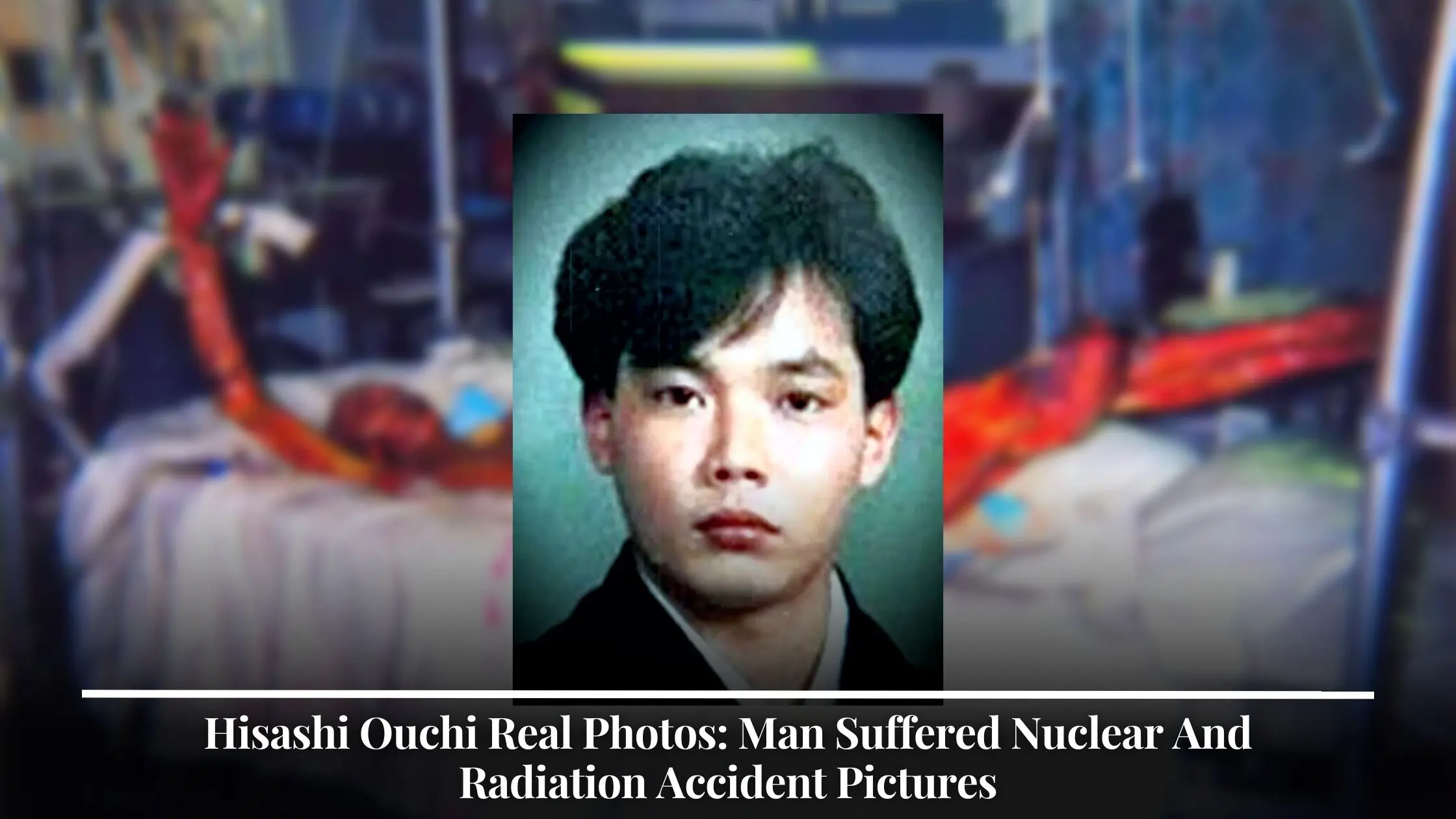Hisashi Ouchi Real is a name that resonates with those who study nuclear accidents and their impacts on human life. Despite the name being widely associated with Chernobyl, Hisashi Ouchi's real story is rooted in a different nuclear incident. This article dives deep into the life, challenges, and legacy of Hisashi Ouchi, exploring his journey and the lessons we can learn from his experience.
Hisashi Ouchi's story is a poignant reminder of the dangers of nuclear technology and the resilience of the human spirit. His story is often mistakenly linked to Chernobyl, but his real-life experience unfolded in Japan, in a tragic accident that captured global attention.
Through this article, we will explore Hisashi Ouchi's life, the Tokaimura criticality accident, and the profound impact it had on him and the world. Understanding his story is crucial for anyone interested in nuclear safety and the human cost of such incidents.
Read also:Chicken Nugget Clicker The Ultimate Guide To The Addictive Game
Biography of Hisashi Ouchi
Before delving into the details of the accident, it is essential to understand who Hisashi Ouchi was. Born in Japan, Hisashi was an ordinary worker whose life changed forever on September 30, 1999. Below is a summary of his personal details:
| Full Name | Hisashi Ouchi |
|---|---|
| Place of Birth | Japan |
| Occupation | Worker at JCO Nuclear Fuel Processing Plant |
| Date of Incident | September 30, 1999 |
| Known For | Survivor of the Tokaimura Criticality Accident |
The Tokaimura Criticality Accident
What Happened During the Accident?
The Tokaimura criticality accident occurred at the JCO nuclear fuel processing plant in Tokaimura, Japan. On September 30, 1999, a series of human errors led to a catastrophic chain reaction, exposing workers to lethal doses of radiation. Hisashi Ouchi was one of the three workers directly affected by the incident.
- Hisashi and his colleagues were preparing a batch of uranium in a precipitation tank.
- Instead of following proper safety protocols, they used stainless steel buckets to mix the solution, leading to a criticality event.
- This resulted in a self-sustaining nuclear chain reaction, releasing intense radiation.
Impact of Radiation Exposure on Hisashi Ouchi
Immediate Effects of Radiation
Hisashi Ouchi received a massive dose of radiation, estimated at 17 sieverts, far exceeding the lethal limit. The immediate effects were devastating:
- Burns and blisters covered his body.
- He suffered from acute radiation sickness, which caused severe nausea and vomiting.
- His white blood cell count plummeted, leaving him vulnerable to infections.
Despite the grim prognosis, Hisashi's case became a focal point for medical research on radiation exposure.
Medical Treatment and Challenges
Hisashi's Battle for Survival
Hisashi Ouchi's treatment involved cutting-edge medical interventions, including:
- Bone marrow transplants to replenish his blood cells.
- Skin grafts to replace damaged tissue.
- Continuous monitoring and support to manage his symptoms.
Despite the best efforts of medical professionals, Hisashi's condition deteriorated over time. His body could not recover from the extensive damage caused by radiation exposure.
Read also:Brad Hoss A Visionary Entrepreneur Redefining Success In The Modern Era
Lessons Learned from the Incident
Improving Nuclear Safety Protocols
The Tokaimura accident highlighted the importance of stringent safety measures in nuclear facilities:
- Enhanced training programs for workers.
- Implementation of advanced monitoring systems.
- Stricter regulatory oversight to prevent similar incidents.
Hisashi's story serves as a powerful reminder of the consequences of negligence in nuclear operations.
Global Response and Awareness
International Attention and Support
The Tokaimura accident drew global attention, prompting discussions on nuclear safety:
- International Atomic Energy Agency (IAEA) conducted investigations to understand the causes.
- Global awareness campaigns were launched to educate the public about nuclear risks.
- Hisashi's case became a benchmark for studying the effects of radiation exposure.
His legacy lives on through the efforts to improve safety standards worldwide.
Scientific Insights from Hisashi's Case
Contributions to Medical Research
Hisashi Ouchi's treatment provided valuable insights into the effects of acute radiation exposure:
- Doctors documented the progression of radiation sickness in unprecedented detail.
- His case advanced understanding of bone marrow transplantation in radiation victims.
- Medical teams developed new protocols for managing severe radiation injuries.
While tragic, Hisashi's experience contributed significantly to the field of nuclear medicine.
Public Perception and Media Coverage
Media's Role in Shaping Opinions
The media played a crucial role in disseminating information about the Tokaimura accident:
- News outlets worldwide covered the incident extensively, raising awareness about nuclear risks.
- Documentaries and articles explored Hisashi's story, emphasizing the human cost of nuclear accidents.
- Public discourse increased, leading to calls for greater transparency in nuclear operations.
Hisashi's story became a symbol of resilience in the face of adversity.
Emotional and Psychological Impact
Understanding the Human Cost
While physical injuries are evident, the emotional toll of such incidents is often overlooked:
- Hisashi's family and colleagues faced immense psychological stress.
- Public sympathy and support helped alleviate some of the emotional burden.
- Counseling services were provided to those affected by the accident.
Addressing the emotional impact is as important as managing the physical consequences.
Hisashi Ouchi's Legacy
Remembering Hisashi's Contribution
Hisashi Ouchi's legacy extends beyond his personal tragedy:
- He became a symbol of the dangers of nuclear technology.
- His case underscored the need for improved safety protocols in the nuclear industry.
- His story continues to inspire discussions on nuclear energy and its risks.
Remembering Hisashi's contributions is vital for ensuring that such incidents are minimized in the future.
Conclusion
Hisashi Ouchi Real is more than just a name; it represents a life impacted by one of the most significant nuclear accidents in history. Through Hisashi's story, we gain valuable insights into the importance of safety, the resilience of the human spirit, and the ongoing need for vigilance in the nuclear industry.
We invite you to share your thoughts and reflections in the comments below. For more in-depth articles on nuclear safety and related topics, explore our other content. Together, we can continue learning from the past to build a safer future.
Table of Contents
- Biography of Hisashi Ouchi
- The Tokaimura Criticality Accident
- Impact of Radiation Exposure on Hisashi Ouchi
- Medical Treatment and Challenges
- Lessons Learned from the Incident
- Global Response and Awareness
- Scientific Insights from Hisashi's Case
- Public Perception and Media Coverage
- Emotional and Psychological Impact
- Hisashi Ouchi's Legacy


